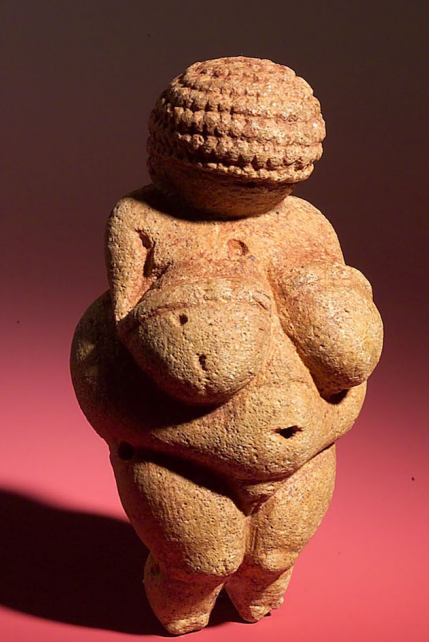ART APP PICS
1/32
There's no tags or description
Looks like no tags are added yet.
Name | Mastery | Learn | Test | Matching | Spaced |
|---|
No study sessions yet.
33 Terms
Bagobo tangkulo
a ceremonial head scarf traditionally worn by Bagobo warriors and elite members
Filipino Struggles through History
Carlos ‘Botong’ Francisco
Waterlilies and Japanese Bridge
Claude Monet
Pag-ampo, Pagtrabaho, Paghigugma
Tausug women
Maitum anthropomorphic jar
secondary burial jars by early Filipinos, dating back to 5 BC to 225 AD. Discovered in Maitum, Sarangani, Philippines, these jars contained the remains of the deceased and were crafted to resemble human figures
Manunggul jar
is a secondary burial jar found in the Tabon Caves, Palawan, Philippines. It is famous for its intricate lid sculpture of two human figures in a boat, symbolizing the journey of the soul to the afterlife
Venus of Willendorf
is one of the most famous Venus figurines, believed to represent fertility, abundance, and femininity.

Hall of the Bulls
It features large paintings of bulls, horses, and other animals, created using natural pigments like charcoal and ochre.
Hans Holbein the Younger
Taj Mahal
is a stunning Mughal mausoleum commissioned by Emperor Shah Jahan in memory of his wife, Mumtaz Mahal. It is considered one of the greatest architectural masterpieces in the world.
Poon
by Mideo Cruz is a controversial artwork that was part of his exhibit "Poleteismo" (Polytheism) in 2011. aimed to critique idolatry, religious practices, and colonial influences in the Philippines.
Father and Son 2
Ahon
is a painting by Aldy Aguirre, a contemporary Filipino artist known for his ethereal watercolor works that often depict themes of resilience, hope, and human emotions.
The Basket of Apples
is a famous still-life painting by Paul Cézanne, a key figure in Post-Impressionism.
La Clairvoyance
suggests an artist’s ability to envision possibilities beyond reality, a common theme in Magritte’s work.
I and the Village
is a poetic and deeply personal work, showcasing his signature combination of fantasy, memory, and modernist experimentation.
Angry Christ
is a bold, unconventional religious artwork that blends Filipino identity, Catholic faith, and modernist artistic expression, making it one of the most powerful and controversial murals in Philippine art history.
The Little Deer
is one of Kahlo’s most haunting self-portraits, blending personal pain, cultural symbolism, and surreal imagery to convey her enduring battle with both physical and emotional suffering.
Poleteismo
remains as one of the most controversial artworks in Philippine history, igniting debates on artistic freedom, censorship, and the role of religion in society. While many saw it as offensive, others viewed it as a powerful critique of institutionalized faith and cultural conditioning.
Tri-people
s a visual representation of Mindanao’s multicultural identity, promoting diversity, inclusion, and the importance of peaceful cohabitation among its people.
Rose Window
is more than just a beautiful design. it is a spiritual and artistic landmark that has stood for centuries, inspiring awe and devotion.
The Scream
by Edvard Munch is one of the most iconic paintings in art history, symbolizing existential angst, anxiety, and psychological turmoil.
Art as a declaration of power
Hans Holbein the Younger
Sultan Kudarat Provincial Capitol of Sultan Kudarat, in Isulan
The power to convey immortality
Taj Mahal Agra, India
The power to change our beliefs
Tri-People Desiderio “Banjo’ Satorre, Jr., (2004)
The power to shock
Poon (2004) in Poleteismo [Polytheism] Mideo Cruz (2011)Poleteismo [Polytheism] Mideo Cruz (2011)
The power to touch our emotions
Elmer Borlongan Father and Son 2 (2006)Angry Christ Alfonso Ossorio (1950)
The power to awaken our senses
Ahon Aldy Aguirre (2020), Commemorative Monument to Peace and Unity Jose Mendoza (1998)
The power to transform the ordinary
The Basket of Apples Paul Cezanne (1895)
The artist’s self-expression
The Little Deer Frida Kahlo (1946)
The artist’s memory
I and the Village Marc Chagall (1911)
The artist at play
La Clairvoyance, René Magritte (1936)